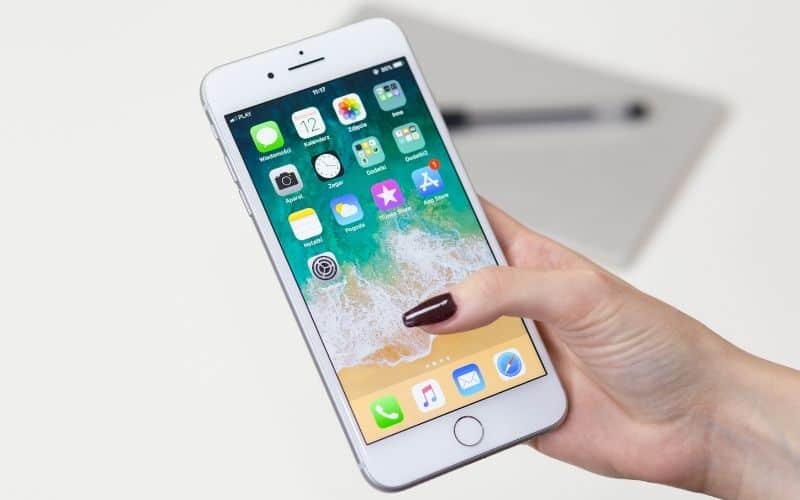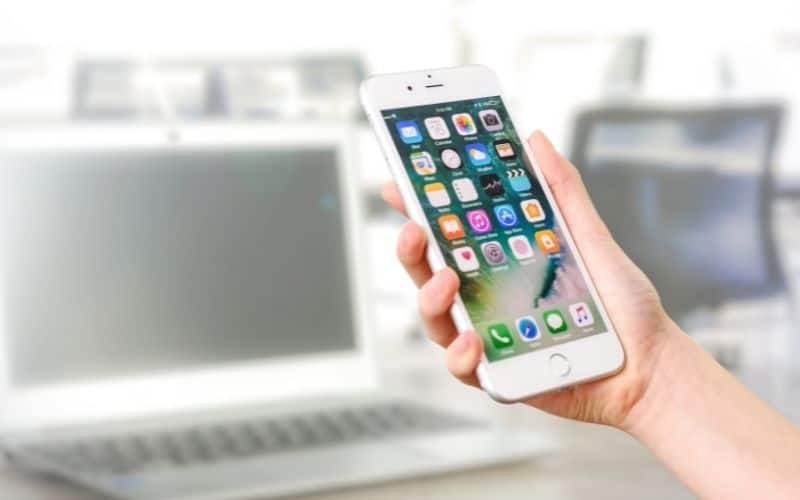How To Organize Apps On Your iPhone

Table of Contents
Considering how much we all pick up our phones every day, how often we use them, as well as how often we rely on them for important things like banking, tickets, and buying things, it makes sense that we should have some organization in this part of our life.
Beyond this, an organized iPhone can just be a truly aesthetic thing. If you are on social media you have probably seen people brag about their home screen and how organized it is, with pictures included.
Prime Day is finally here! Find all the biggest tech and PC deals below.
- Sapphire 11348-03-20G Pulse AMD Radeon™ RX 9070 XT Was $779 Now $739
- AMD Ryzen 7 7800X3D 8-Core, 16-Thread Desktop Processor Was $449 Now $341
- ASUS RTX™ 5060 OC Edition Graphics Card Was $379 Now $339
- LG 77-Inch Class OLED evo AI 4K C5 Series Smart TV Was $3,696 Now $2,796
- Intel® Core™ i7-14700K New Gaming Desktop Was $320.99 Now $274
- Lexar 2TB NM1090 w/HeatSink SSD PCIe Gen5x4 NVMe M.2 Was $281.97 Now $214.98
- Apple Watch Series 10 GPS + Cellular 42mm case Smartwatch Was $499.99 Now $379.99
- ASUS ROG Strix G16 (2025) 16" FHD, RTX 5060 gaming laptop Was $1,499.99 Now $1,274.99
- Apple iPad mini (A17 Pro): Apple Intelligence Was $499.99 Now $379.99
*Prices and savings subject to change. Click through to get the current prices.
This means organizing the apps on your phone. Generally, this is really easy and can be done in 15 minutes, but you may feel the positives of this organization for much longer.
Here's our guide on how to do this on your iPhone as well as some tips on how to organize.
How To Organize Apps On Iphone
Step
Hold Down An App
Click on an app and hold down until all your apps begin to jiggle around, this means they are ready to be moved around.
Step
Create A Folder
Either create a folder, or drag one app onto another similar app, this will also create a folder no matter what apps you drag onto which.
Step
Sort Your Apps
Or sort your apps by page, by moving them to the relevant pages as you wish.
Step
Rename Folder
You can rename the folder by holding it down should open a drop down box where you can select ‘Rename'. Pages cannot be named.
Step
Remove Folder
To remove a folder, simply drag all the apps back onto the home screen.
All in all, this is a pretty simple operation many will have encountered before unless you are a previous Android user, but most users struggle with how they should organize their apps rather than how to literally do it.
Ways To Organize Your iPhone Home Screen
With the new iPhone models, you can add a whole host of things in your home screen such as widgets that can give you a peak at your photos or the time or calendar events while in the home screen view.
But we are going to give you helpful approaches to organizing your apps.
Social Media
Obviously, organizing apps by social media sounds pretty basic and obvious, but we can't tell how much less we use these apps when they are within a folder.
Sometimes we don't realize how easily we give into temptation.
When you are bored on your phone and your home screen immediately shows all your social media apps, you will always click on them.
When you make this click a little more removed it can help you go on social media less.
By Function
Organizing by function can be really helpful too, simply putting your exercise apps in one folder, your shopping apps in another, utility apps into their own folder, etc.
This can simply be a matter or organization and help you navigate your home screen easily.
This can be really helpful if you use electronic train tickets a lot, or something similar, simply click on a folder and you've found it.
By Action
A fun way to approach this, if your brain works this way, is to organize by action.
Having social media and text apps under ‘Chat', have all your games in a folder called ‘Play', this means when you are thinking of doing something you immediately know where to go to do it.
Alphabetical Or By Color
Again, this can suit different ways of thinking but some people just love having their apps sorted this way this can help you find one specific app easily.
Final Thoughts
As you can see there are so many different ways to organize your iPhone apps and home screen.
We suggest figuring out how you search for your apps in the first place and then finding an organization method that suits this.


